Decoration
Decoration
The Panum Institute, classrooms
In 1980 I answered an ad in daily newspaper Information for assistants for a decoration project at the Panum Medical Department at Copenhagen University. You were asked to turn up on a Friday evening at 6 pm in front of Panum. There were at least thirty people, I think. We were shepherded into the building by Poul Gernes and a teacher, and we took the lift down to the basement, where we were met by the sweetish aroma of formalin. It was the dissection department. Poul showed us around the hallways, and I remember that the first people dropped out during that tour.
The next three days we spent coming up with stencils for the decoration. As I recall, Poul simply said, that we should get started. It was quite serious in a way, but also heartfelt. Certainly, Poul appeared with great authority. We turned one of the classrooms into a workshop. We rolled out many metres of brown wrapping paper, and there were huge wooden boards for cutting. At the end of each day, you were supposed to go home and make more sketches to bring the next morning. He approved one of my sketches, believe or not. Today it can be seen in one of the classrooms.
On Sunday morning only four of us were left. Poul said that that evening we were going to Sweden, and who was coming. We hadn’t known about that. It was a little harsh. But three of us could go. Poul said, “Actually, I only need two, but never mind, I’ll take all three of you.” That was me, Erik Rytter and Lisbet Aabrinck. Then he picked us up in his car and drove us to Sweden, where we were greeted by Aase and Ulrikka. We stayed with the family for at least three weeks.
It was early to rise and early to bed, and we always had lunch together which was both cozy and educational. We were awoken at six with oatmeal. I was a devout coffee drinker, but the strongest thing Poul ever drank was boiled water with lemon. I remember him being a bit tired sometimes, but we didn’t know that he had a kidney disease. He had a rest on the sofa every now and then. Otherwise, he was working all the time. The fact that he worked so much really made an impression on me. It wasn’t just about creating art; it was also purely physical. We went out on a couple of excursions – to the swimming pool and paddling in his homemade canoe. That was when Aase thought we needed a little trip.
Then it was time to go home and get started. That was in December 1980. We were just allowed time off at Christmas Eve. Then we worked between Christmas and New Year and continued into January. We worked day and night, and just went home to sleep. We were so tired, and also half-anaesthetized from all the alkyd paint. There weren’t any masks. Sometimes we had to go up for some oxygen. The technique is challenging because the marks must fit perfectly. There are three colours in those pictures, and a stencil for each. Poul used to say, “One colour is easy. Two colours, that can be done. Three colours, that’s really difficult. Everything over three color’s requires genius.”
Imagine a process with a lot of paper, cut into lengths. It must be folded in the right way and placed on the cutting boards. Then you cut out colour number one, remove the stencil, put in new paper, and cut the second colour, and then again, so you have three sets. Then you fix the stencil to the wall and paint a colour over it. When that’s dry, you can do the next one. Sometimes the stencils were made in advance. Sometimes Poul drew them on site. It was fascinating to see him draw. He would draw, lying on the floor. All the time, he must have had a plan for, for example, the end wall. We were allowed to make samples for the borders, and they were often approved.
It was really a very instructional process, with a lot of supervision, but also trust in what we could do. With supervision, I mean that not a single colour was chosen at random. The whole concept for the decoration had been decided in advance. Not by us. For sure, Poul and Aase had been concentrating on it during the weeks we were in Sweden. It was only slowly that we realized Aase’s role. Not a single colour was decided without Aase having the final say.
Søren Dahl Andersen in conversation with Finn Thybo Andersen: “I was answering an ad” in: Poul Gernes Decoration Projects. London 2018, p. 34-37. Translated by Dan A. Marmorstein. Abbreviated.
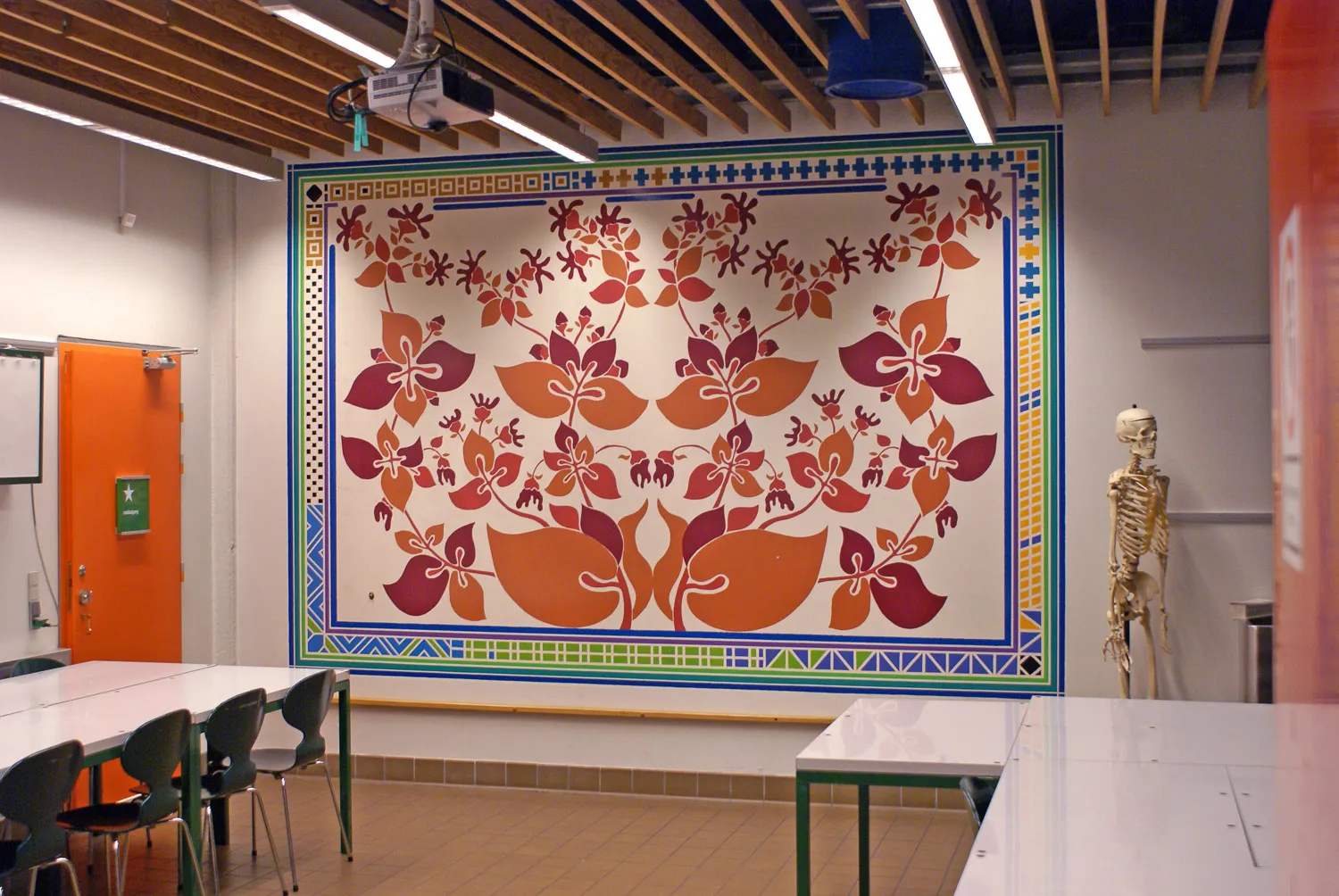
The Panum Institute, classrooms
Photo: Finn Thybo Andersen
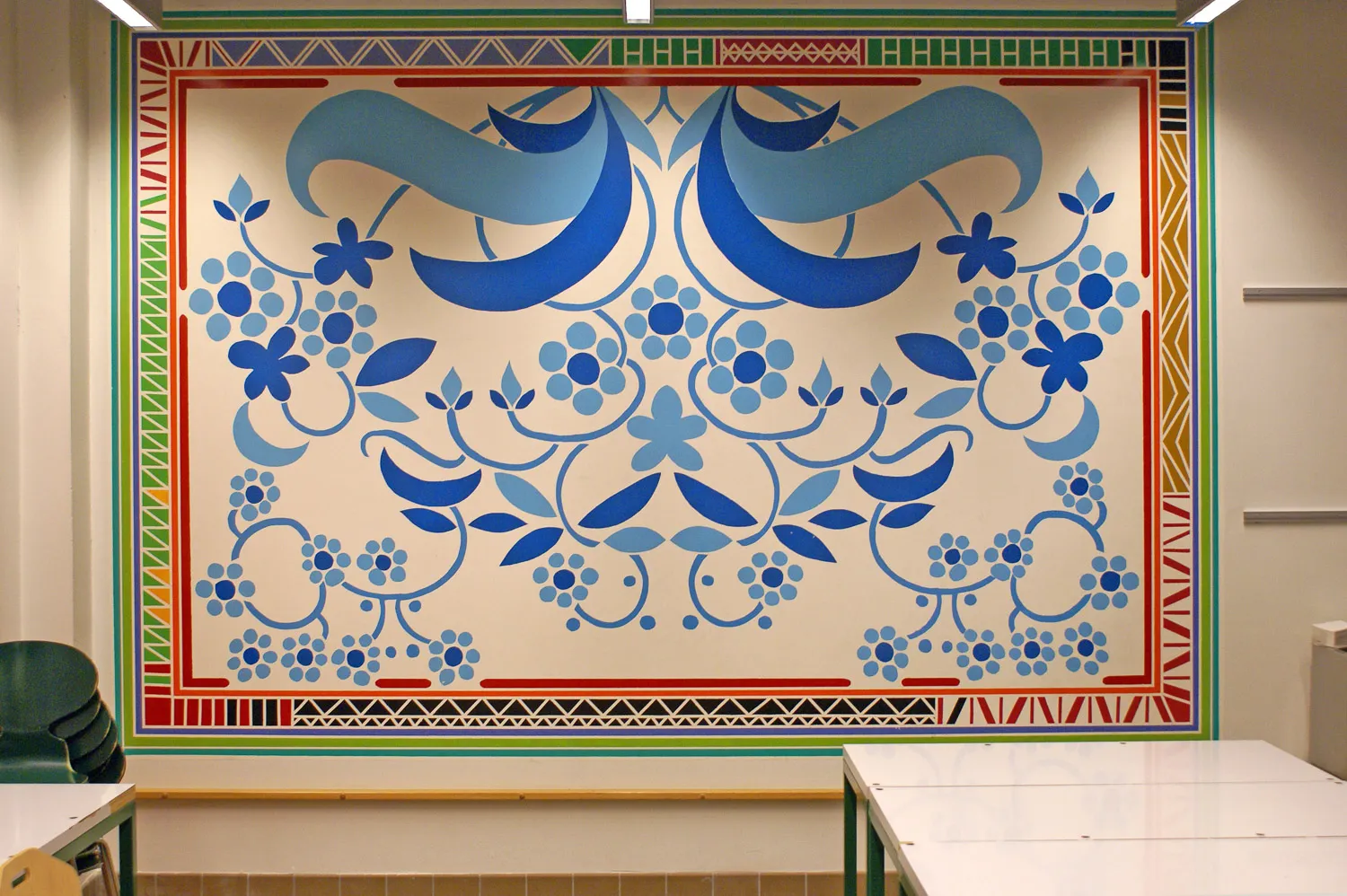
The Panum Institute, classrooms
Photo: Finn Thybo Andersen

The Panum Institute, classrooms
Photo: Finn Thybo Andersen
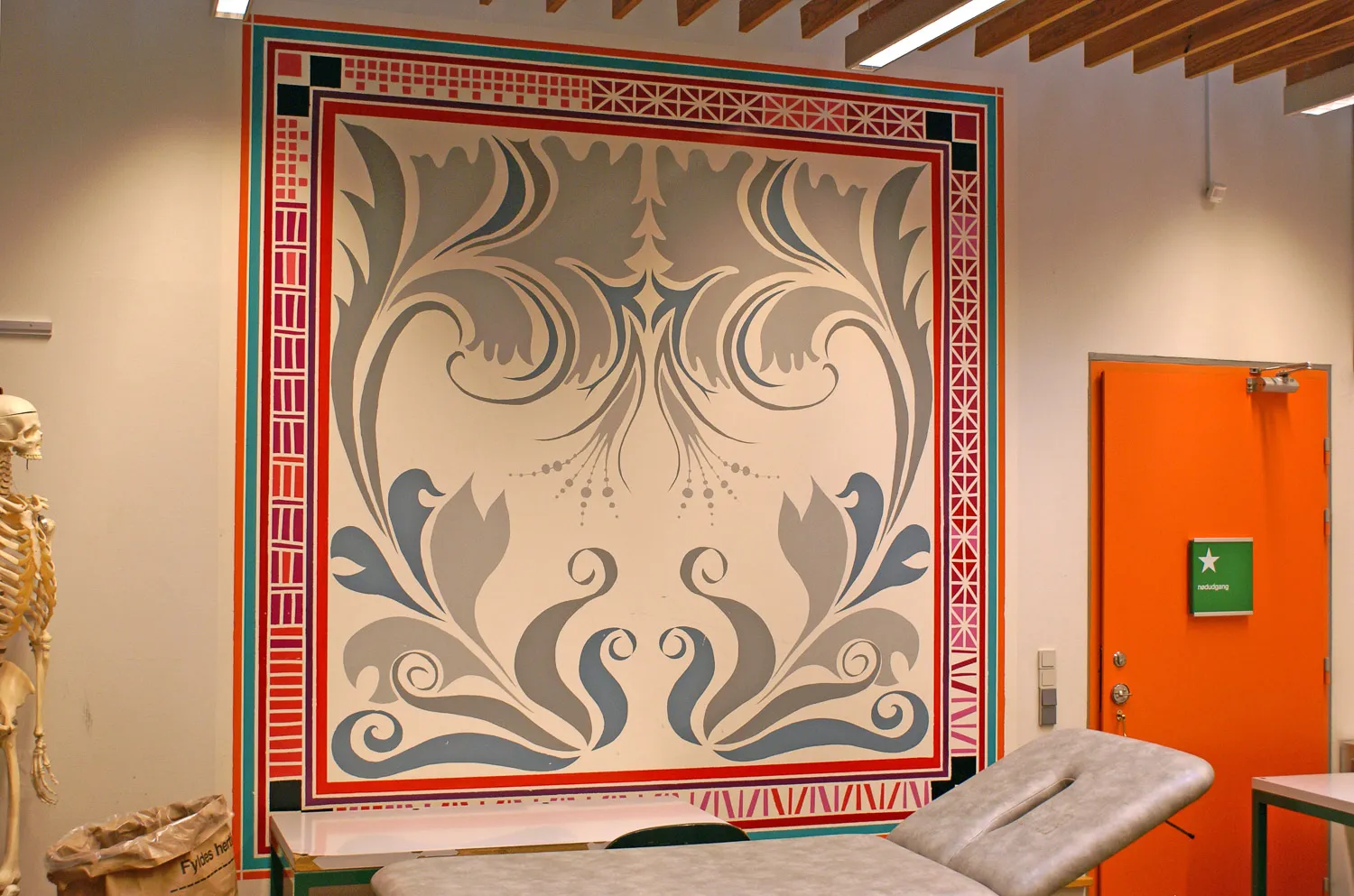
The Panum Institute, classrooms
Photo: Finn Thybo Andersen
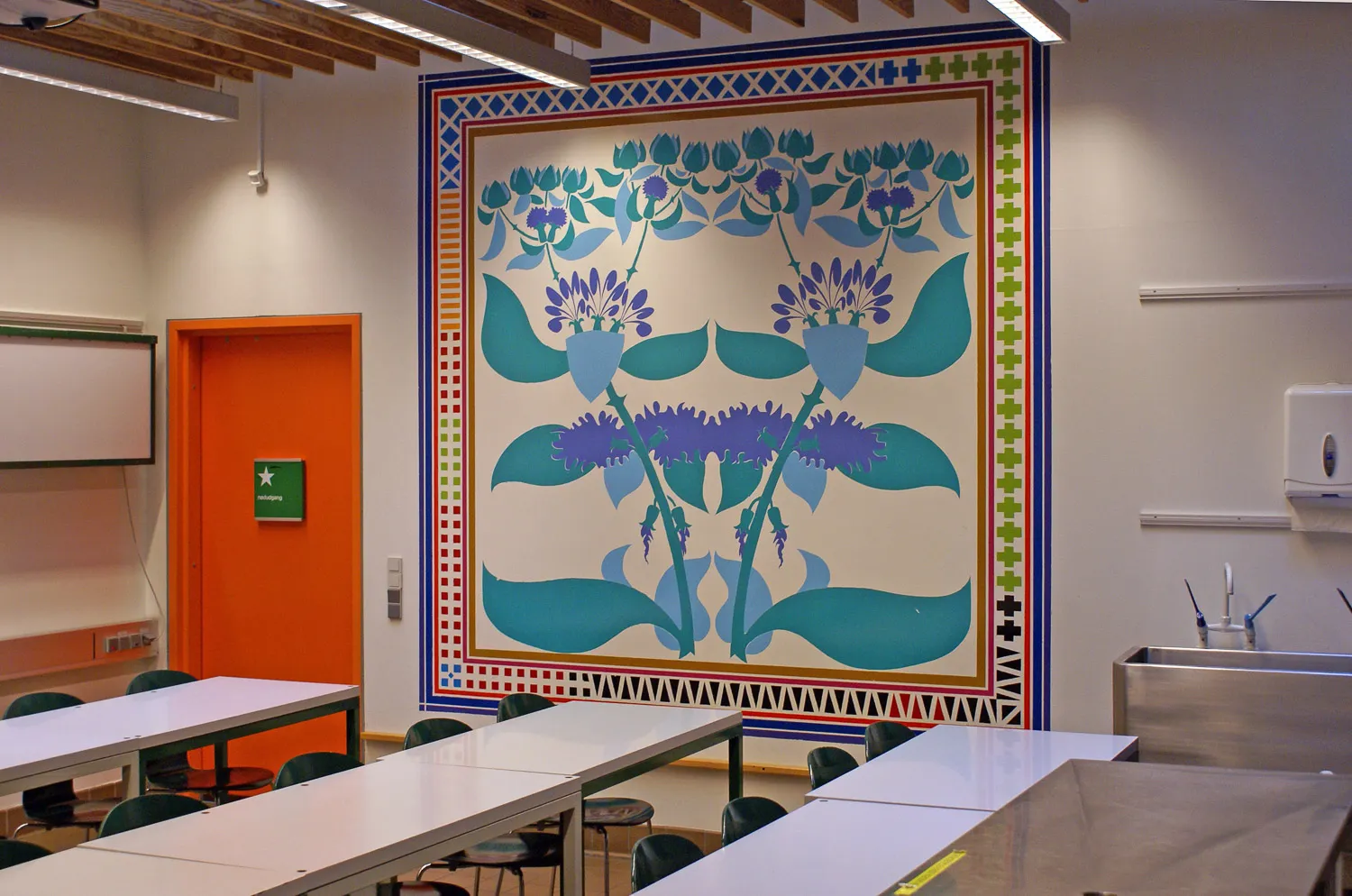
The Panum Institute, classrooms
Photo: Finn Thybo Andersen
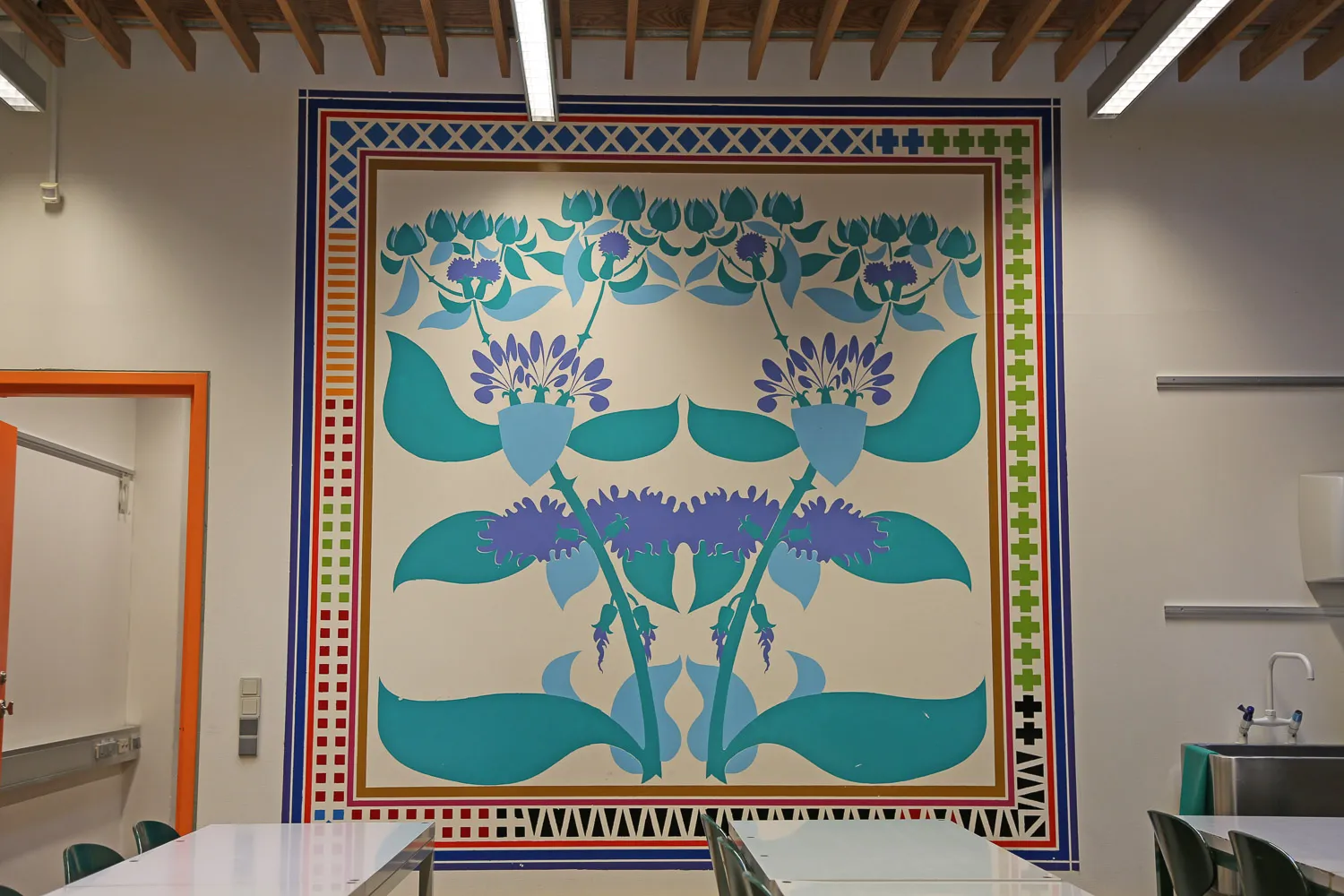
The Panum Institute, classrooms
Photo: Finn Thybo Andersen
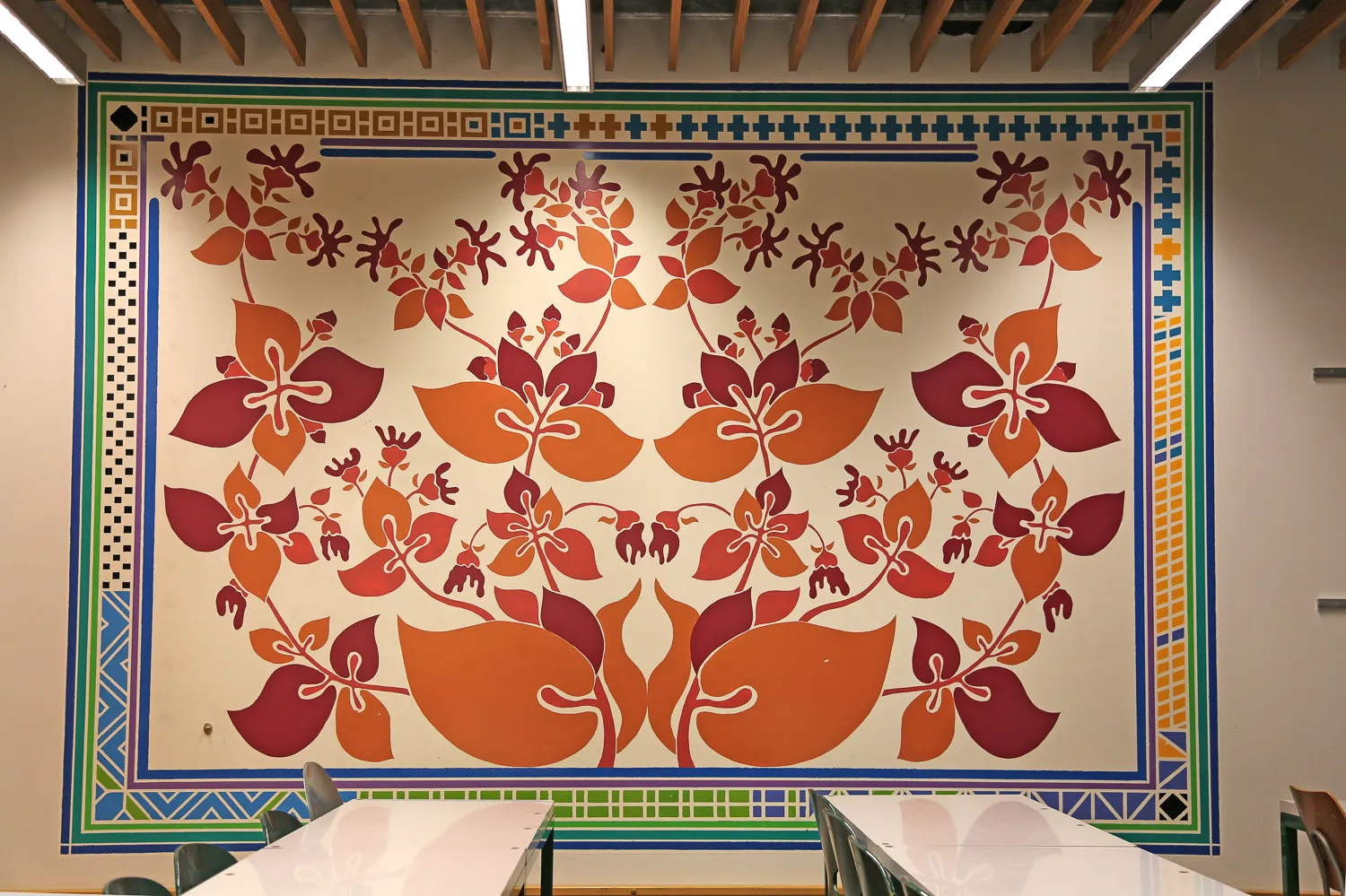
The Panum Institute, classrooms
Photo: Finn Thybo Andersen
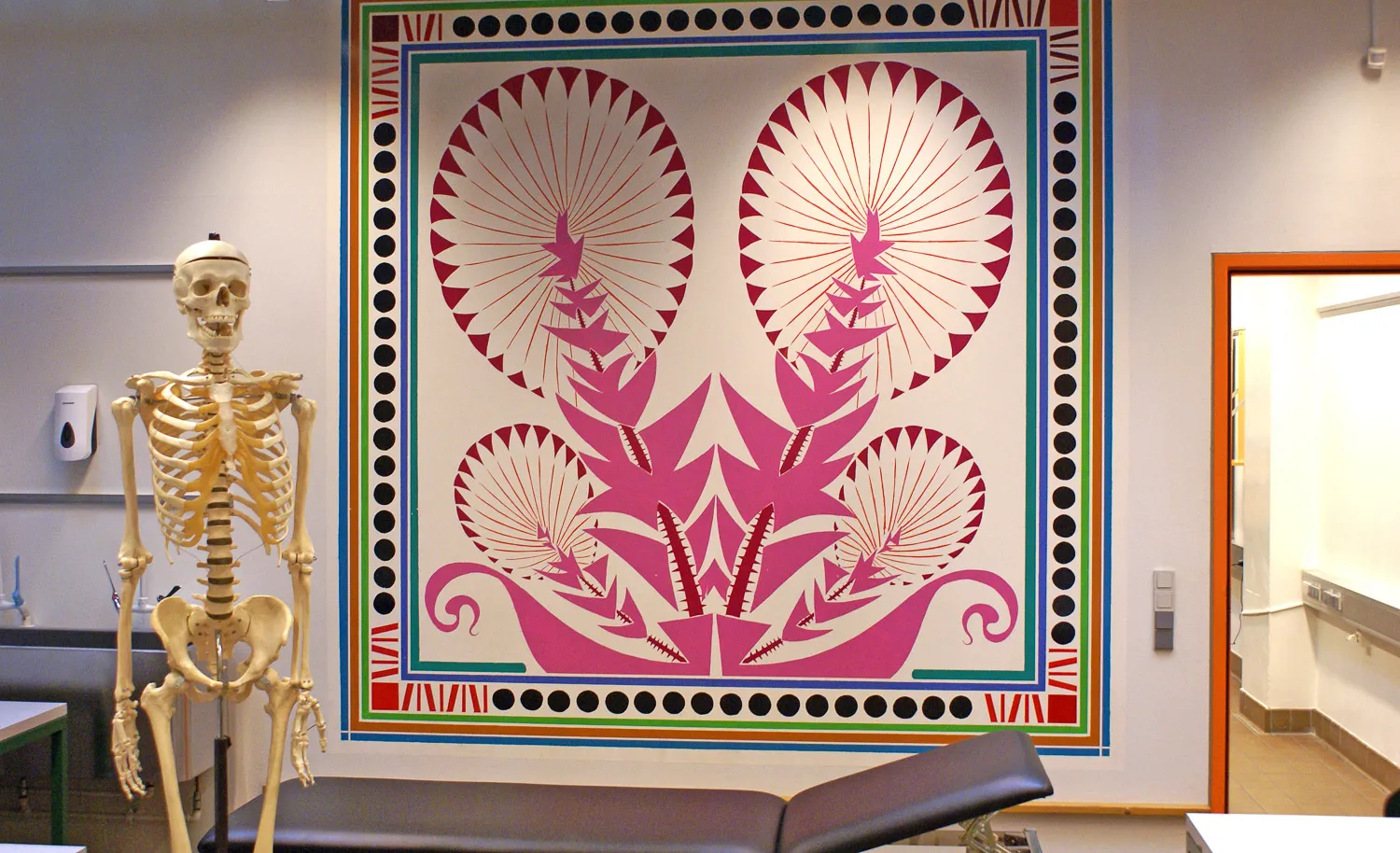
The Panum Institute, classrooms
Photo: Finn Thybo Andersen
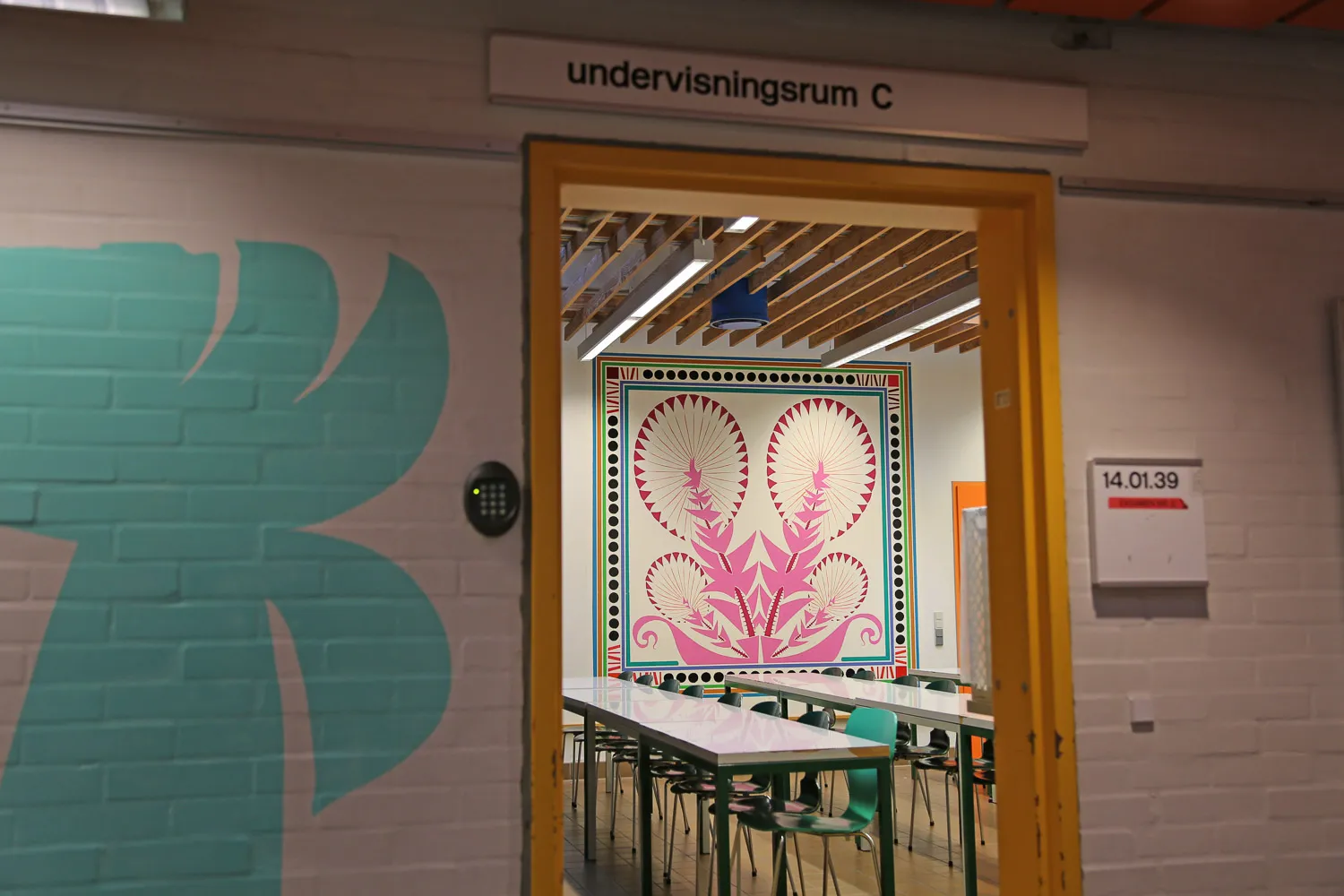
The Panum Institute, classrooms
Photo: Finn Thybo Andersen
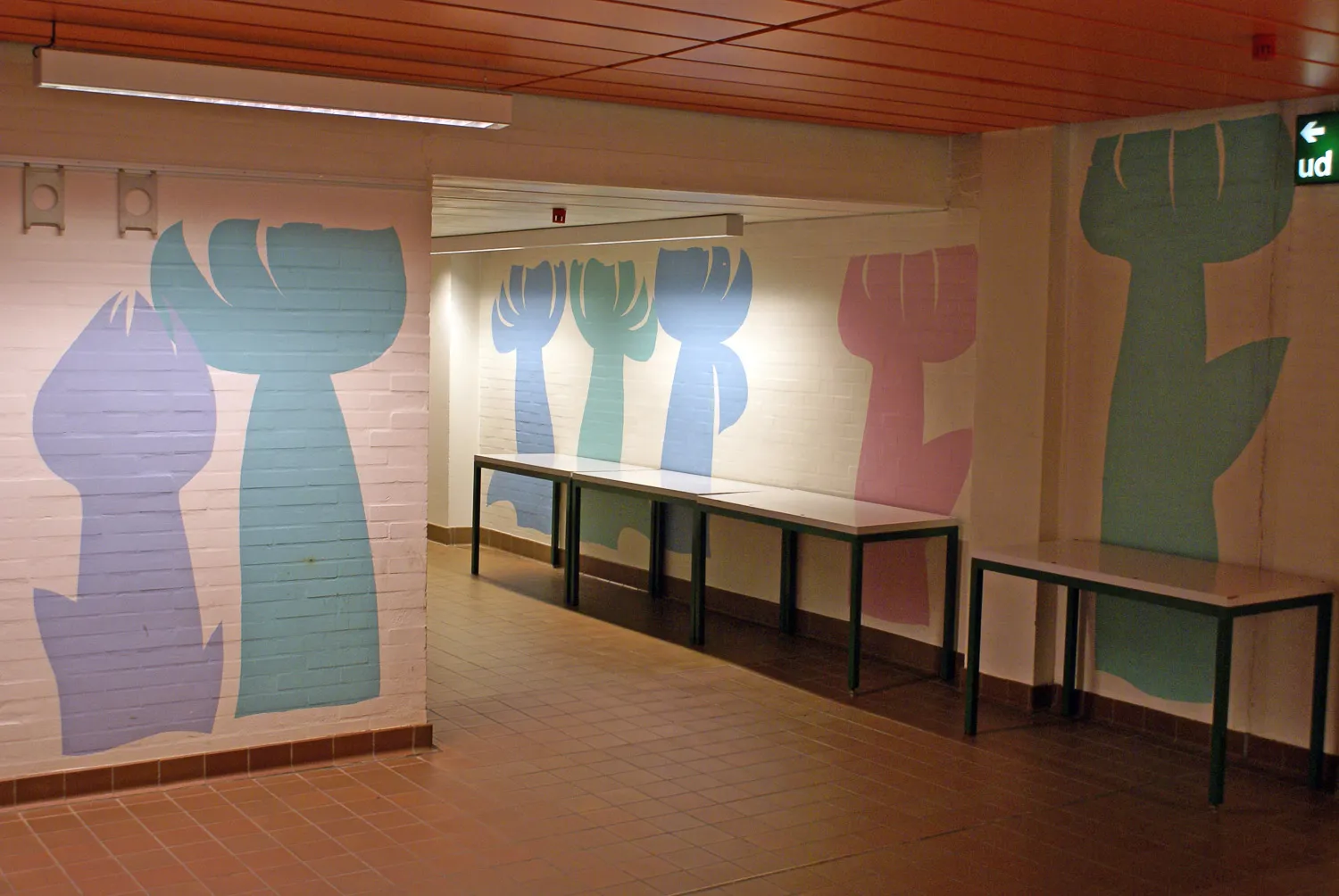
The Panum Institute, classrooms
Photo: Finn Thybo Andersen

The Panum Institute, classrooms
Photo: Finn Thybo Andersen
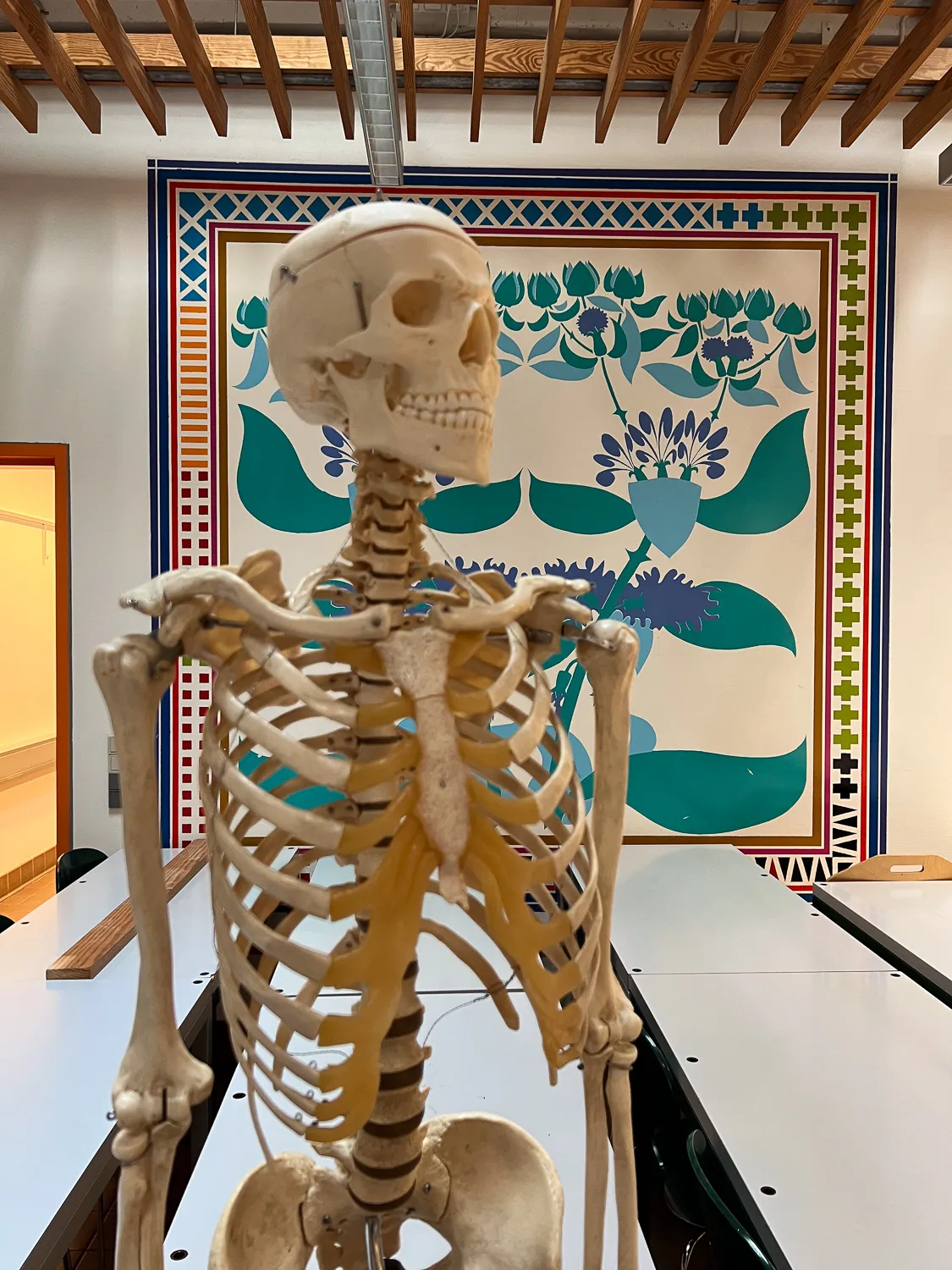
The Panum Institute, classrooms
Photo: Ulrikka Gernes
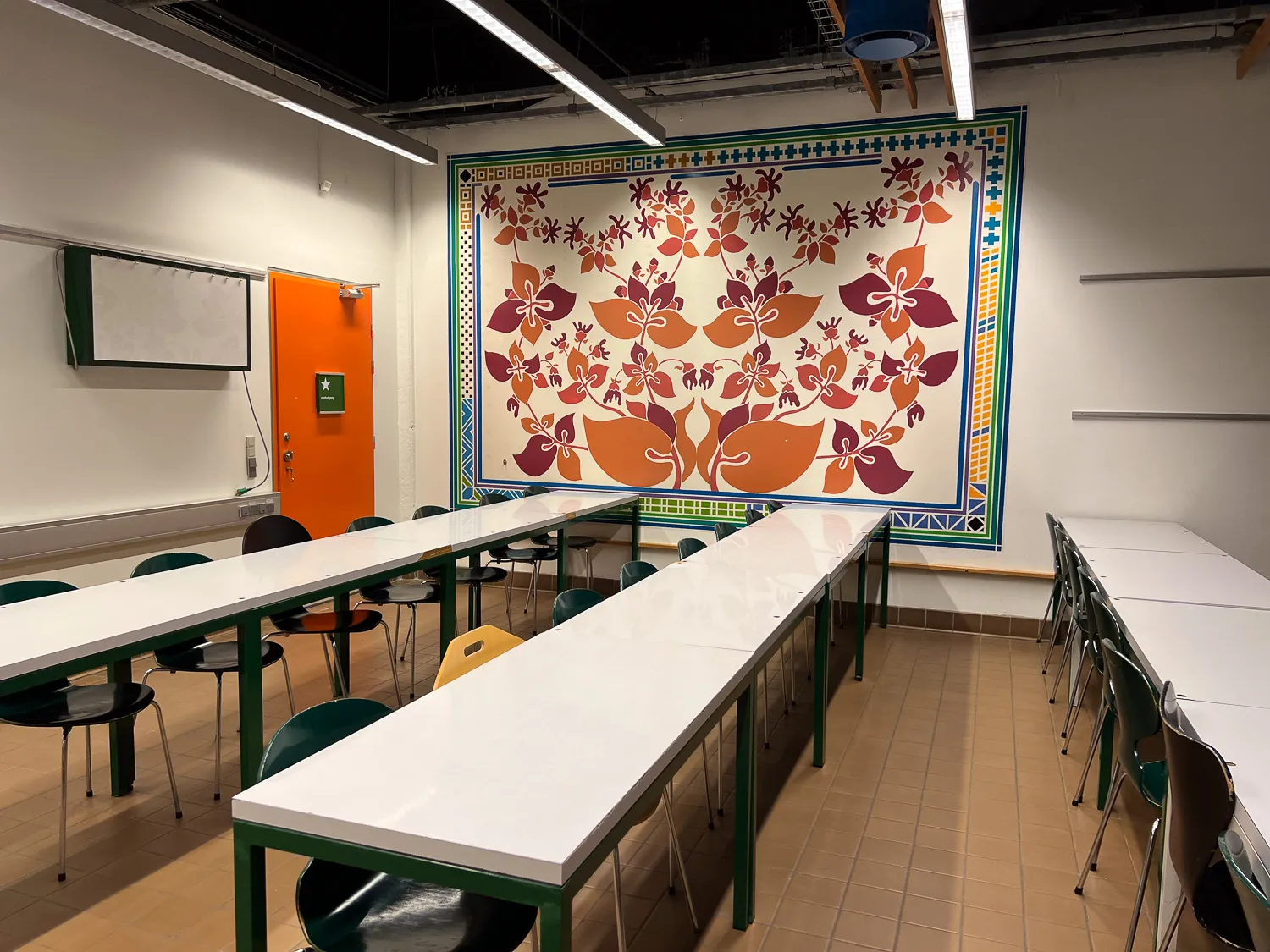
The Panum Institute, classrooms
Photo: Ulrikka Gernes
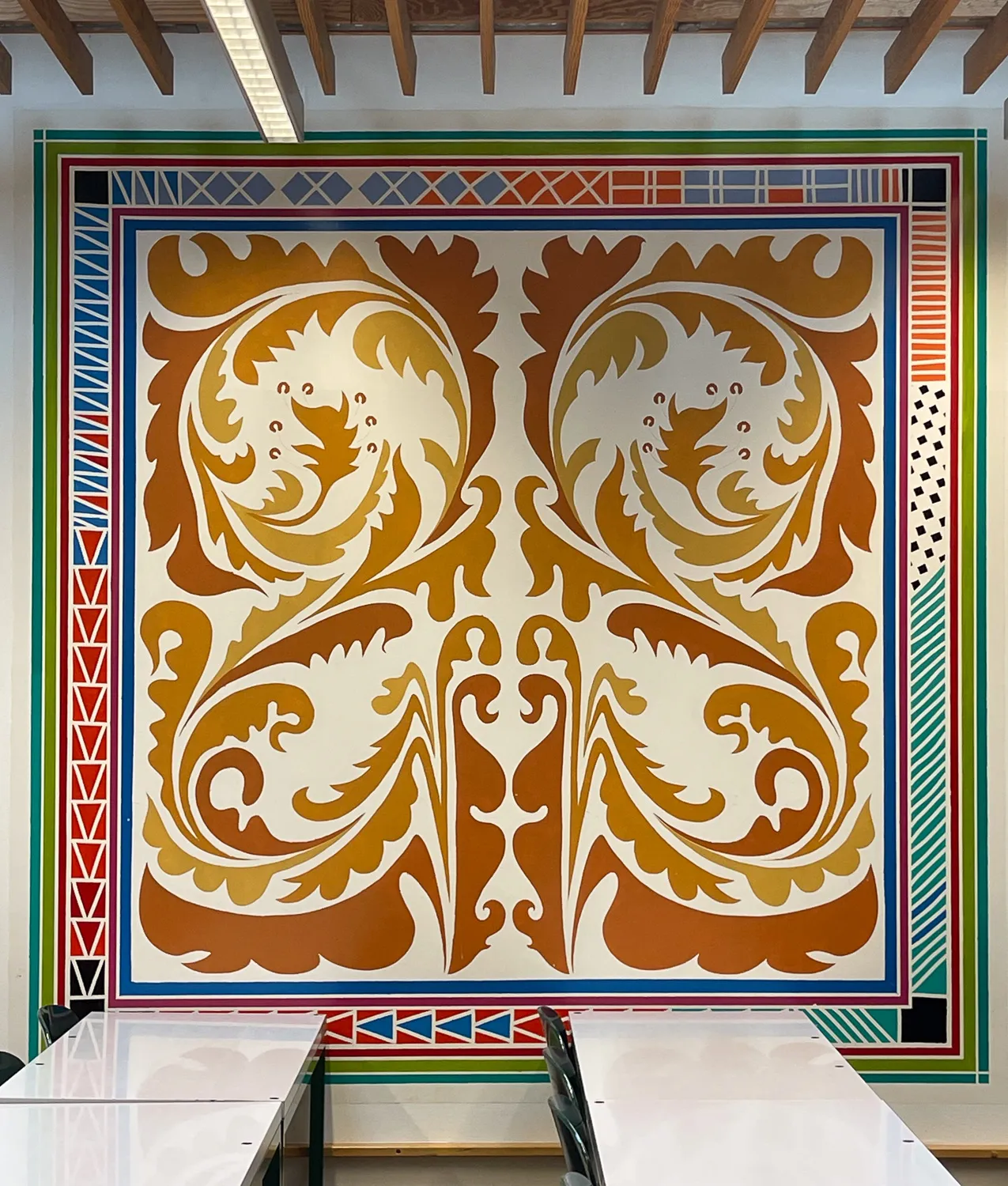
The Panum Institute, classrooms
Photo: Ulrikka Gernes

The Panum Institute, classrooms
Photo: Ulrikka Gernes
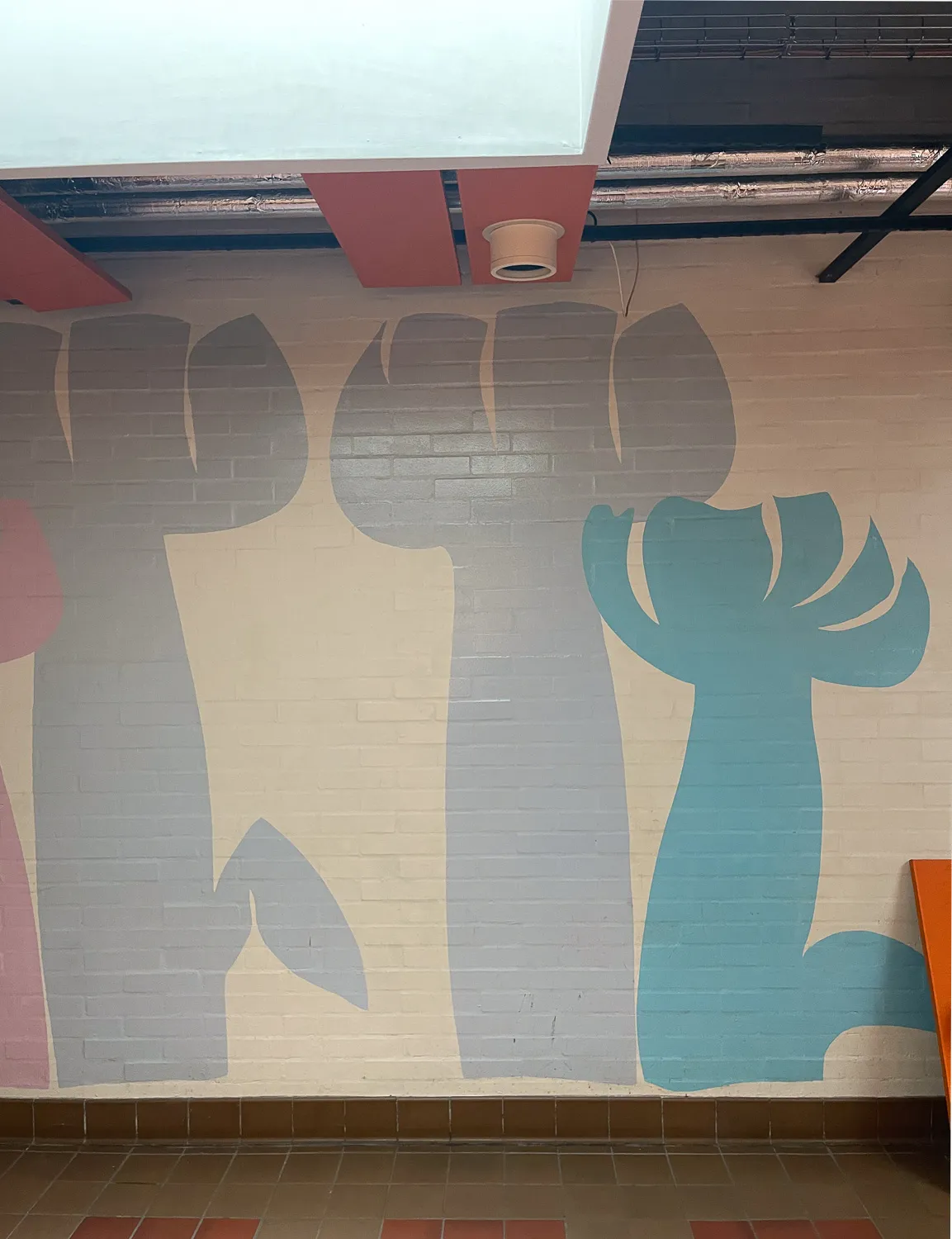
The Panum Institute, classrooms
Photo: Ulrikka Gernes
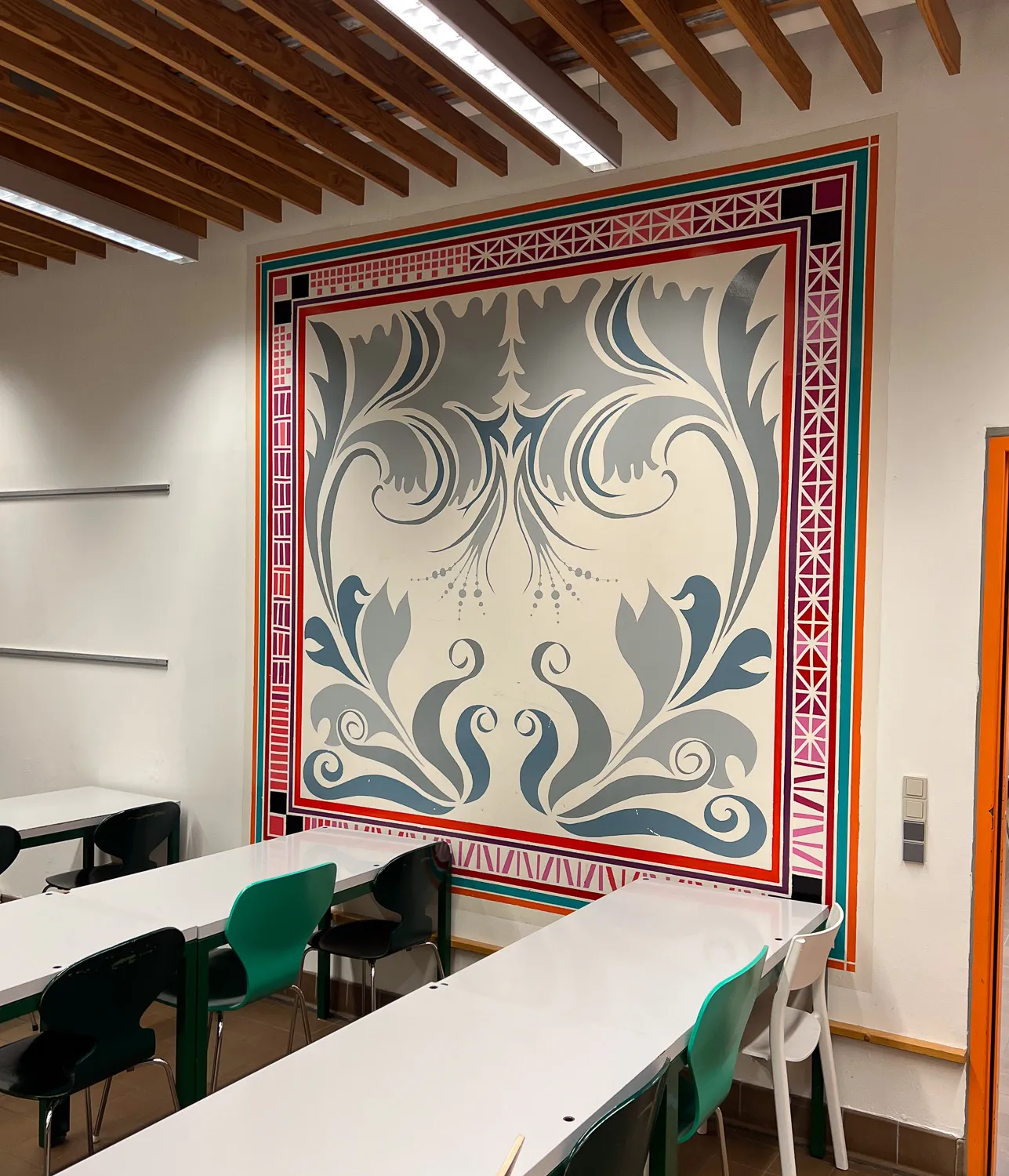
The Panum Institute, classrooms
Photo: Ulrikka Gernes

The Panum Institute, classrooms
Photo: Ulrikka Gernes

The Panum Institute, classrooms
Photo: Ulrikka Gernes
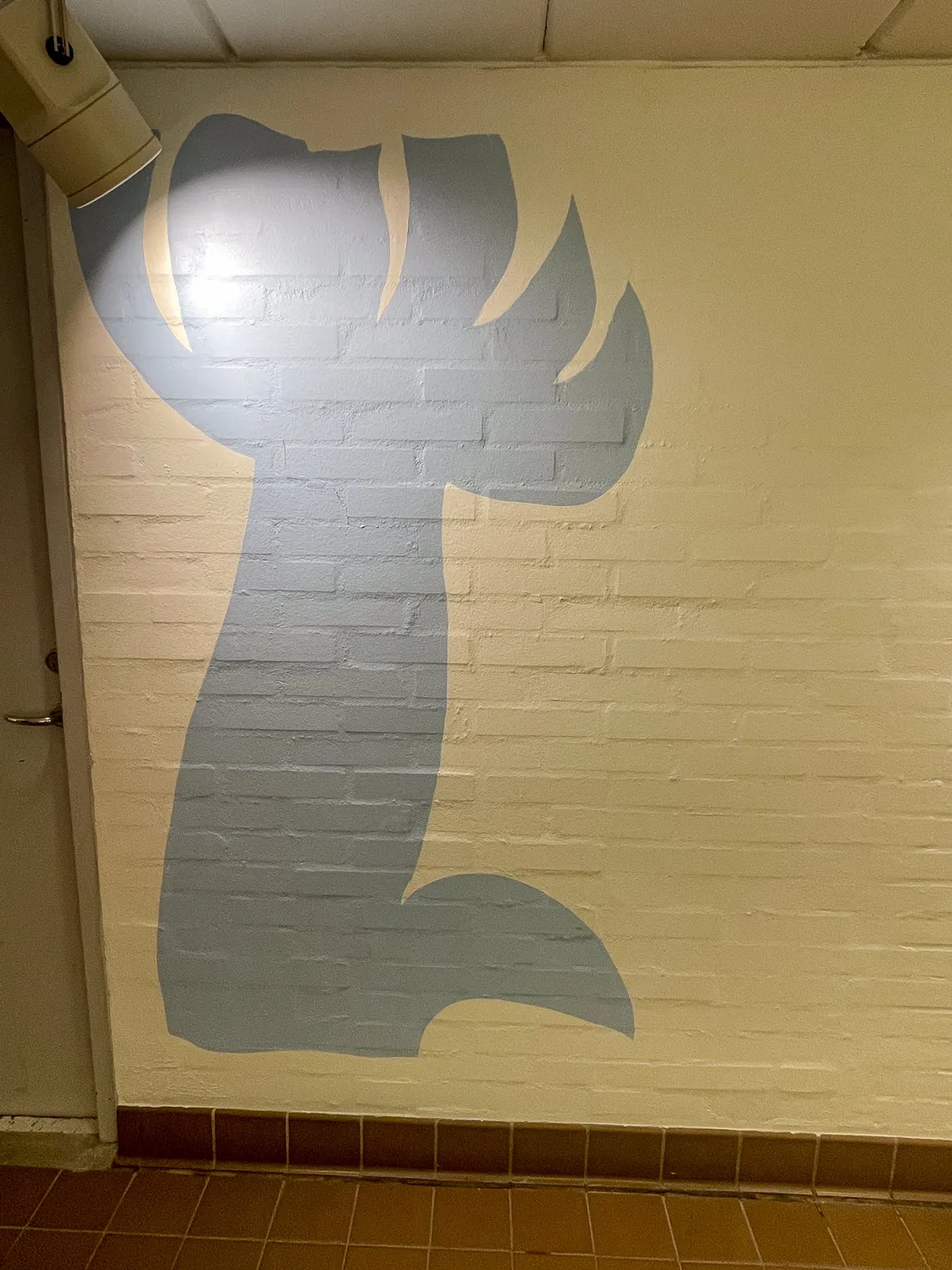
The Panum Institute, classrooms
Photo: Ulrikka Gernes
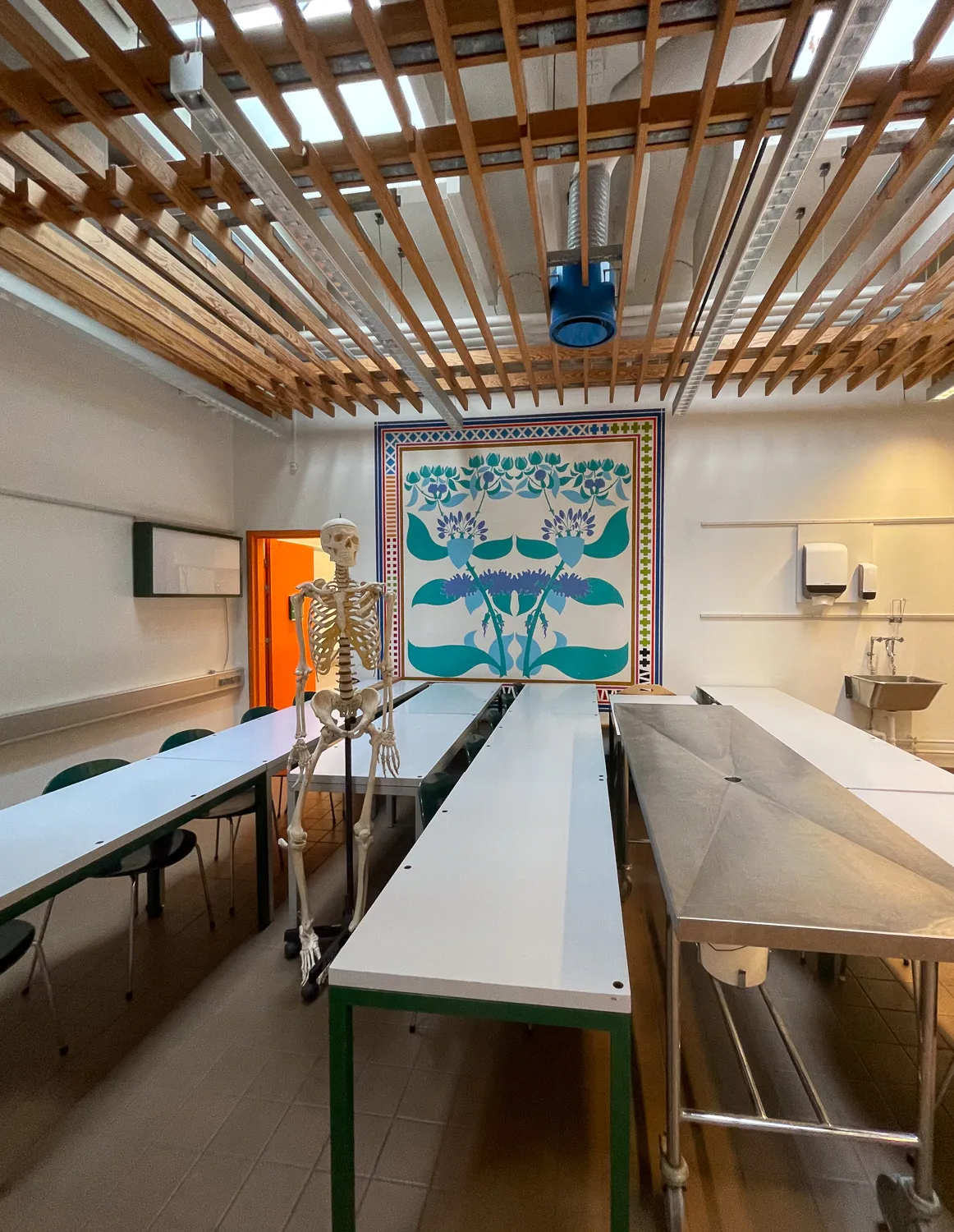
The Panum Institute, classrooms
Photo: Ulrikka Gernes

The Panum Institute, classrooms
Photo: Ulrikka Gernes
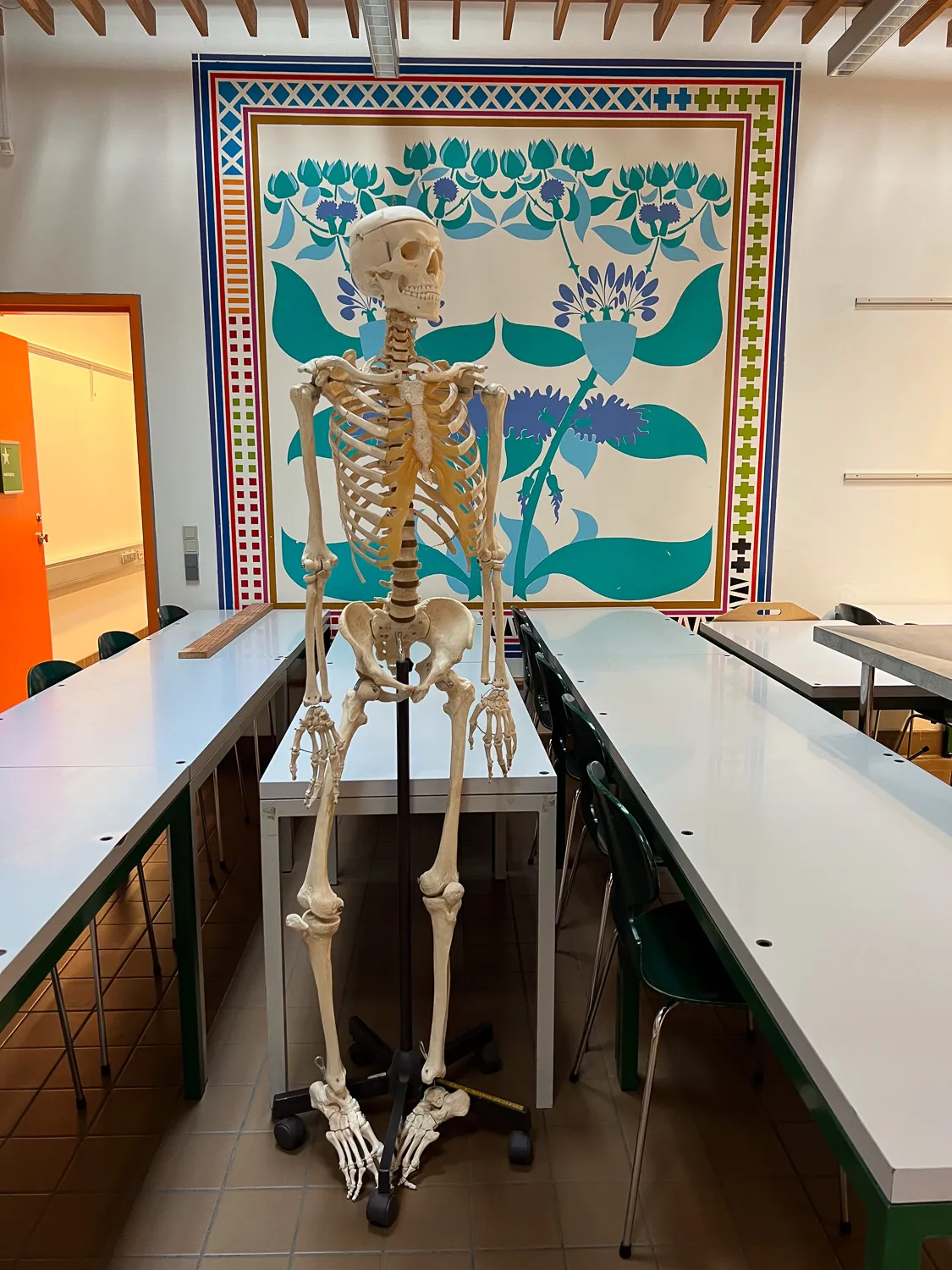
The Panum Institute, classrooms
Photo: Ulrikka Gernes
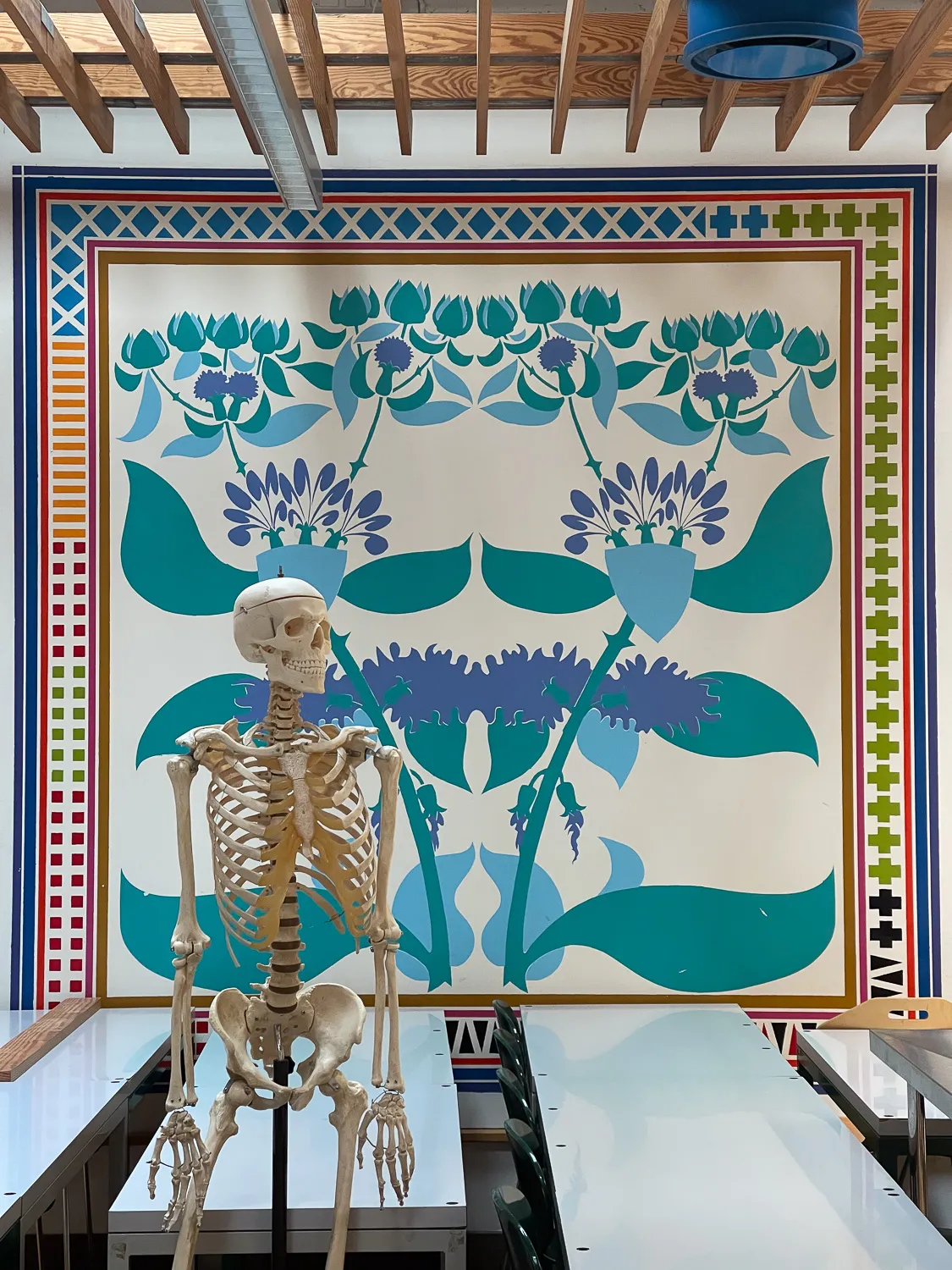
The Panum Institute, classrooms
Photo: Ulrikka Gernes
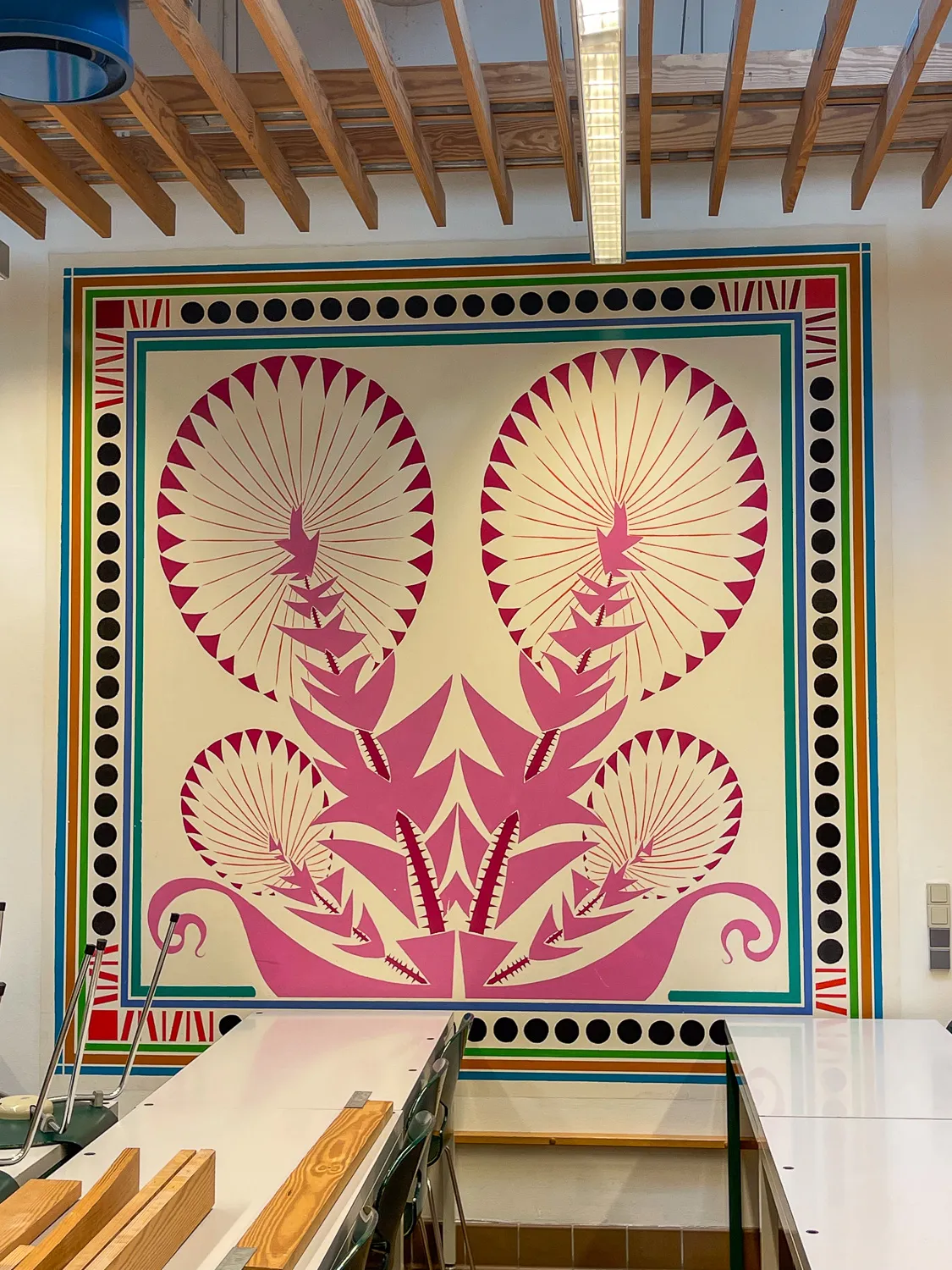
The Panum Institute, classrooms
Photo: Ulrikka Gernes
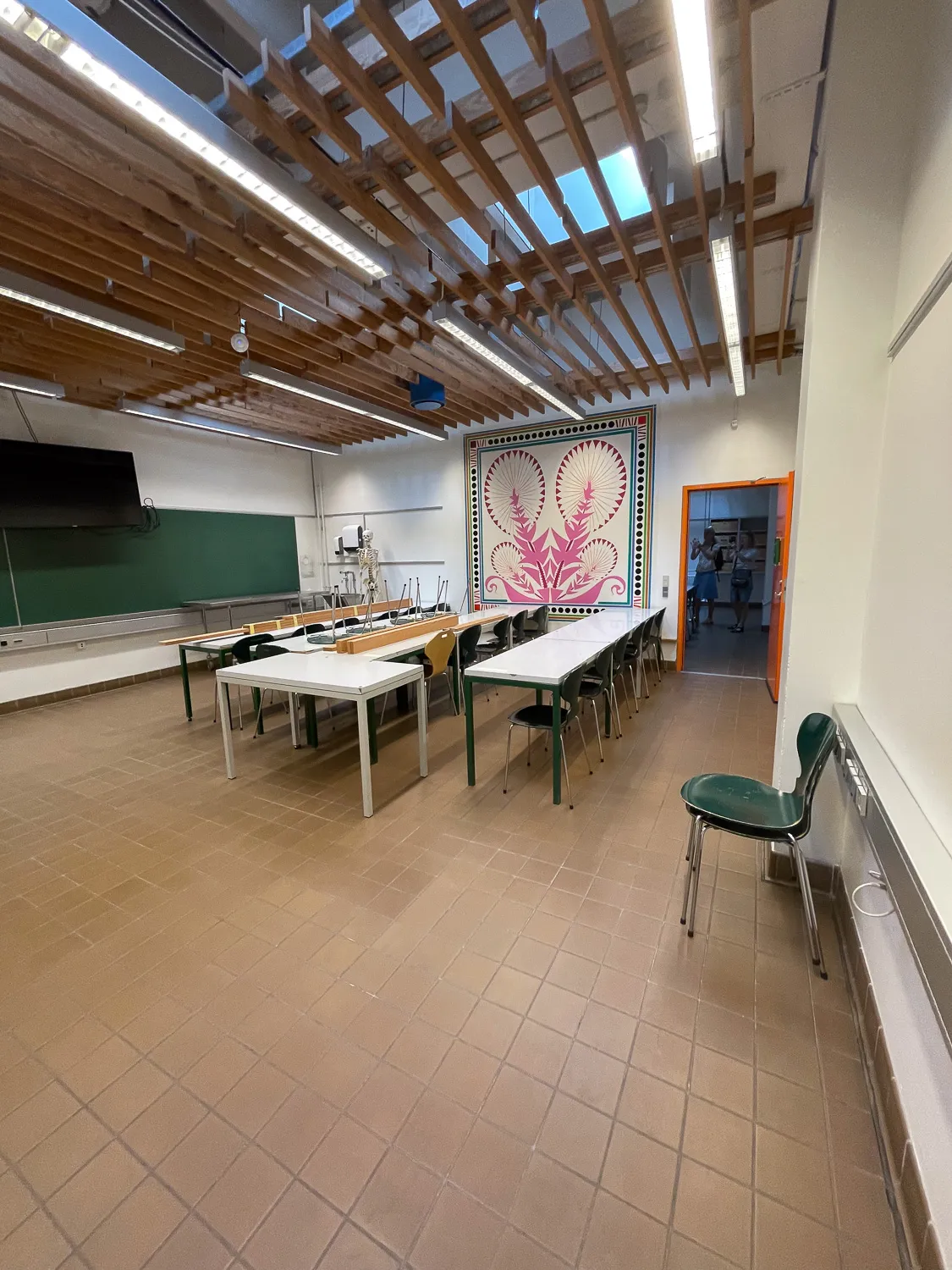
The Panum Institute, classrooms
Photo: Ulrikka Gernes
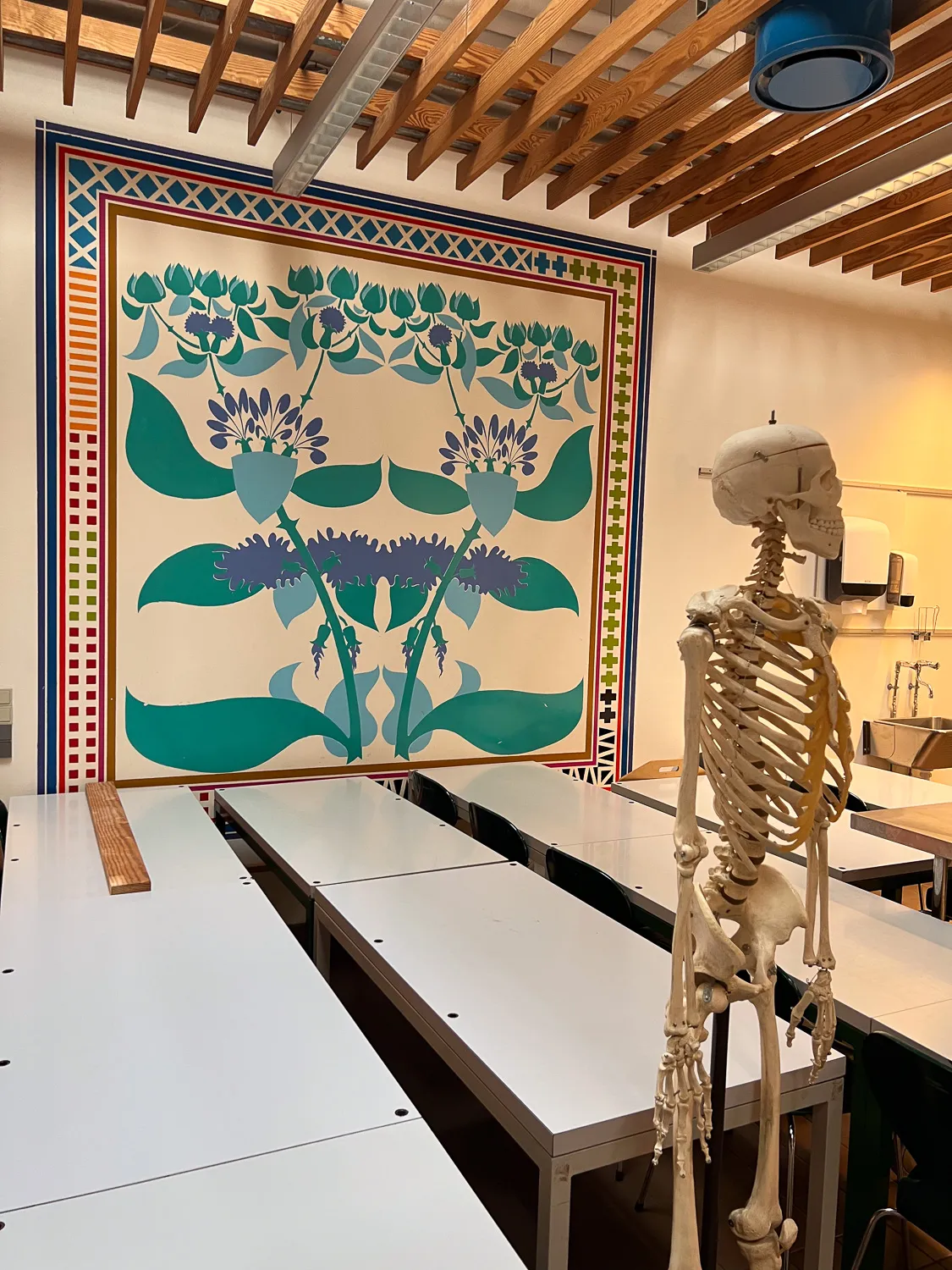
The Panum Institute, classrooms
Photo: Ulrikka Gernes

The Panum Institute, classrooms
Photo: Ulrikka Gernes

The Panum Institute, classrooms
Photo: Ulrikka Gernes

The Panum Institute, classrooms
Photo: Ulrikka Gernes

The Panum Institute, classrooms
Photo: Ulrikka Gernes
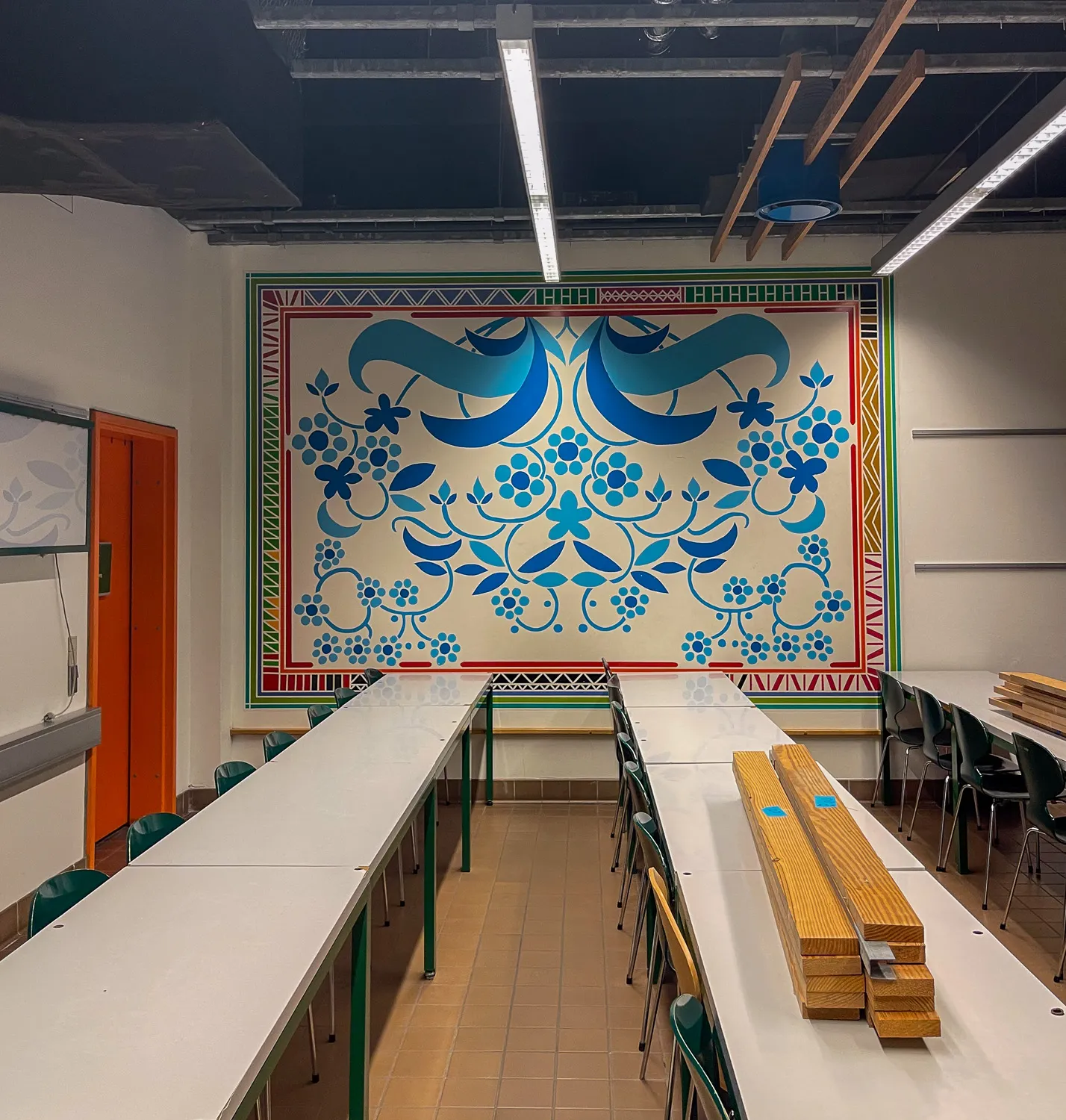
The Panum Institute, classrooms
Photo: Ulrikka Gernes
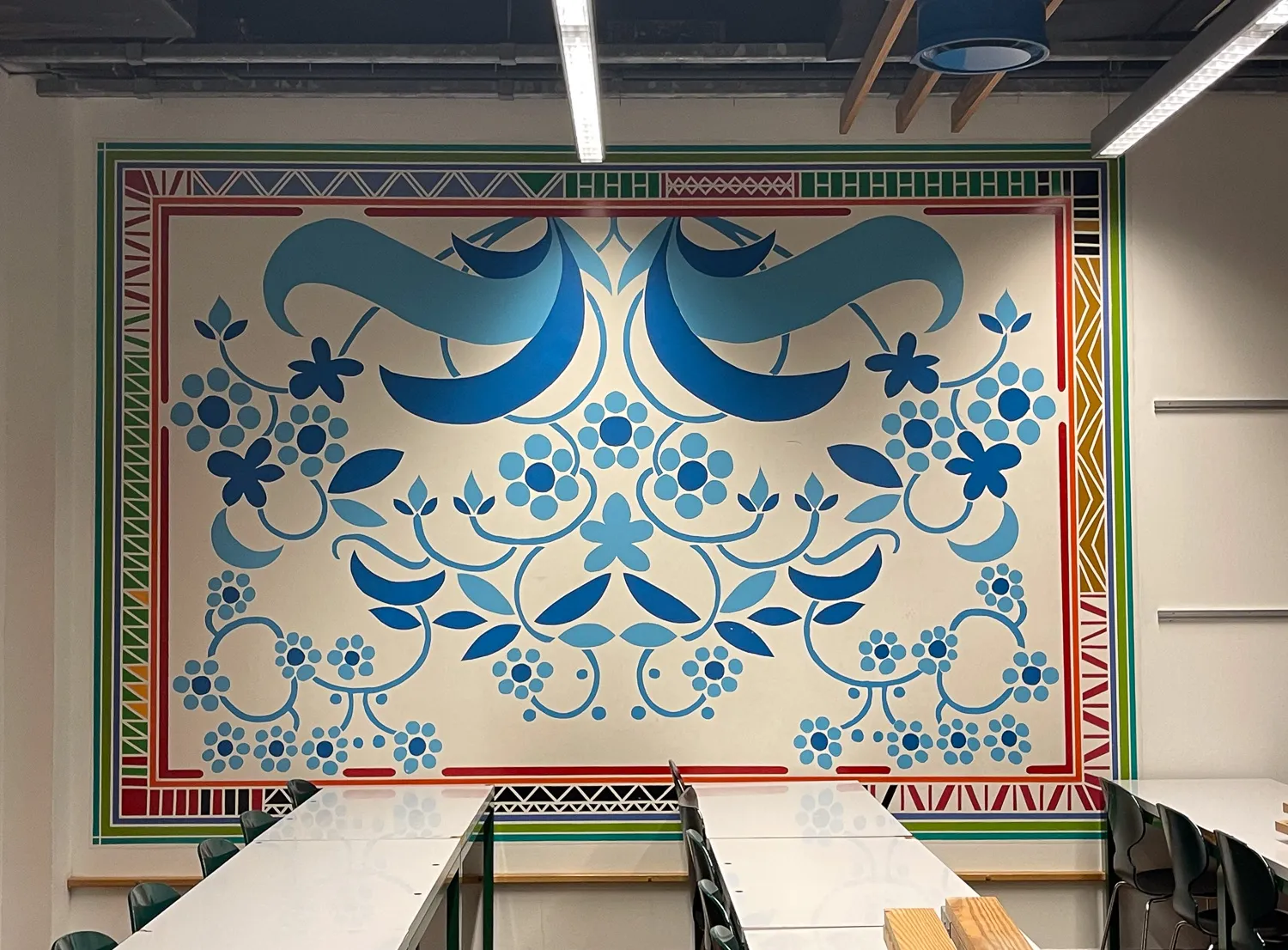
The Panum Institute, classrooms
Photo: Ulrikka Gernes
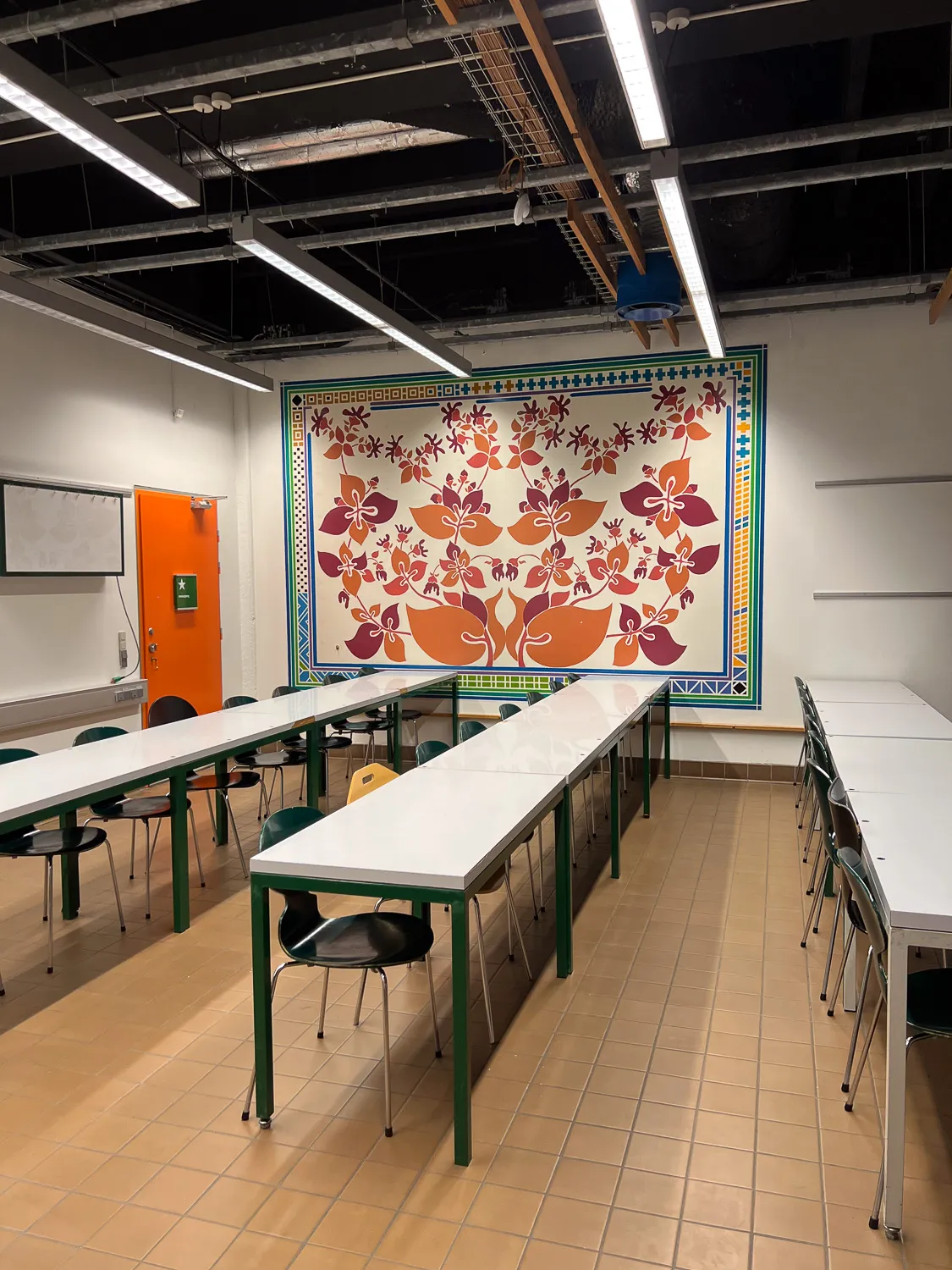
The Panum Institute, classrooms
Photo: Ulrikka Gernes

The Panum Institute, classrooms
Photo: Ulrikka Gernes
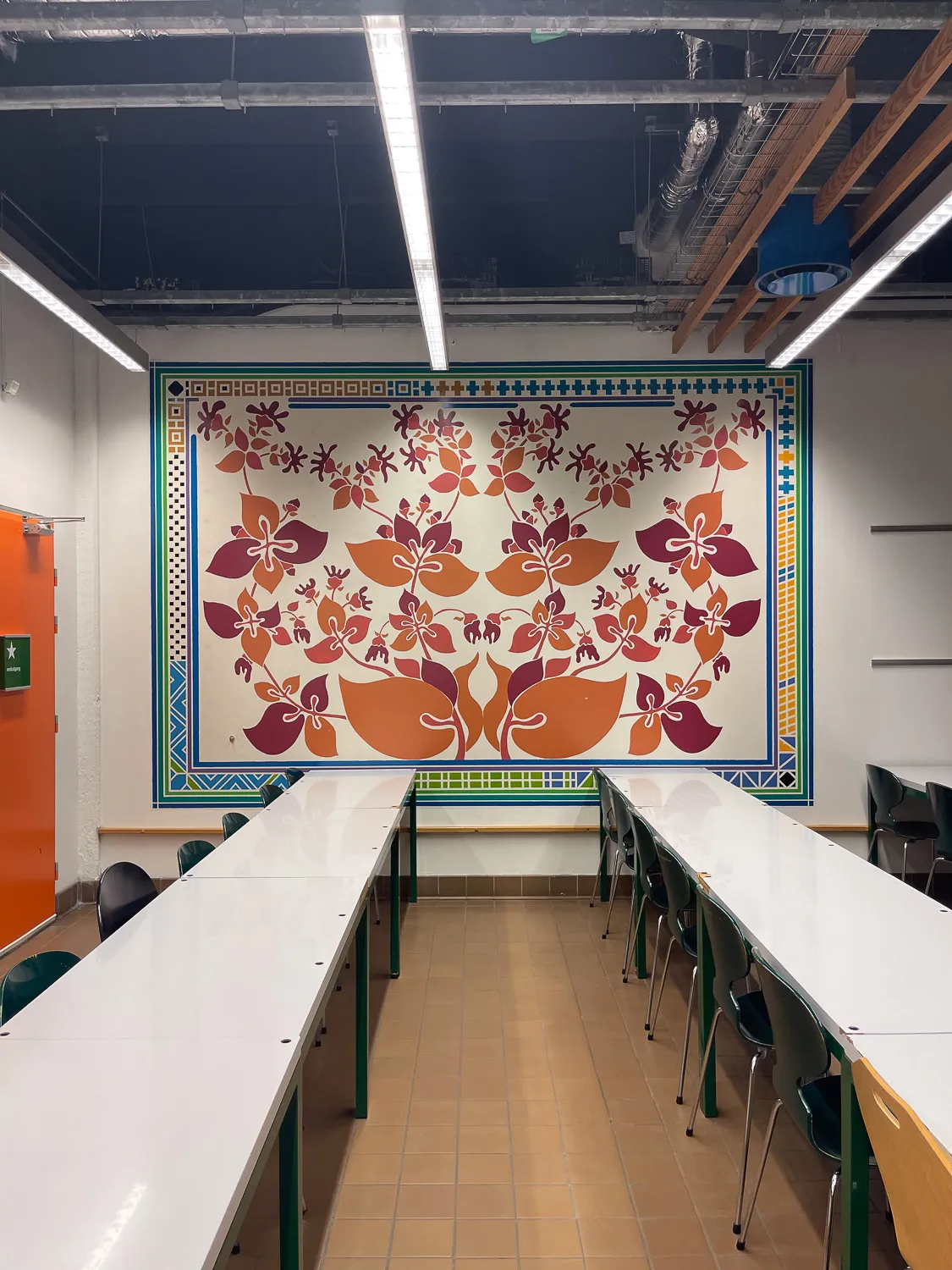
The Panum Institute, classrooms
Photo: Ulrikka Gernes